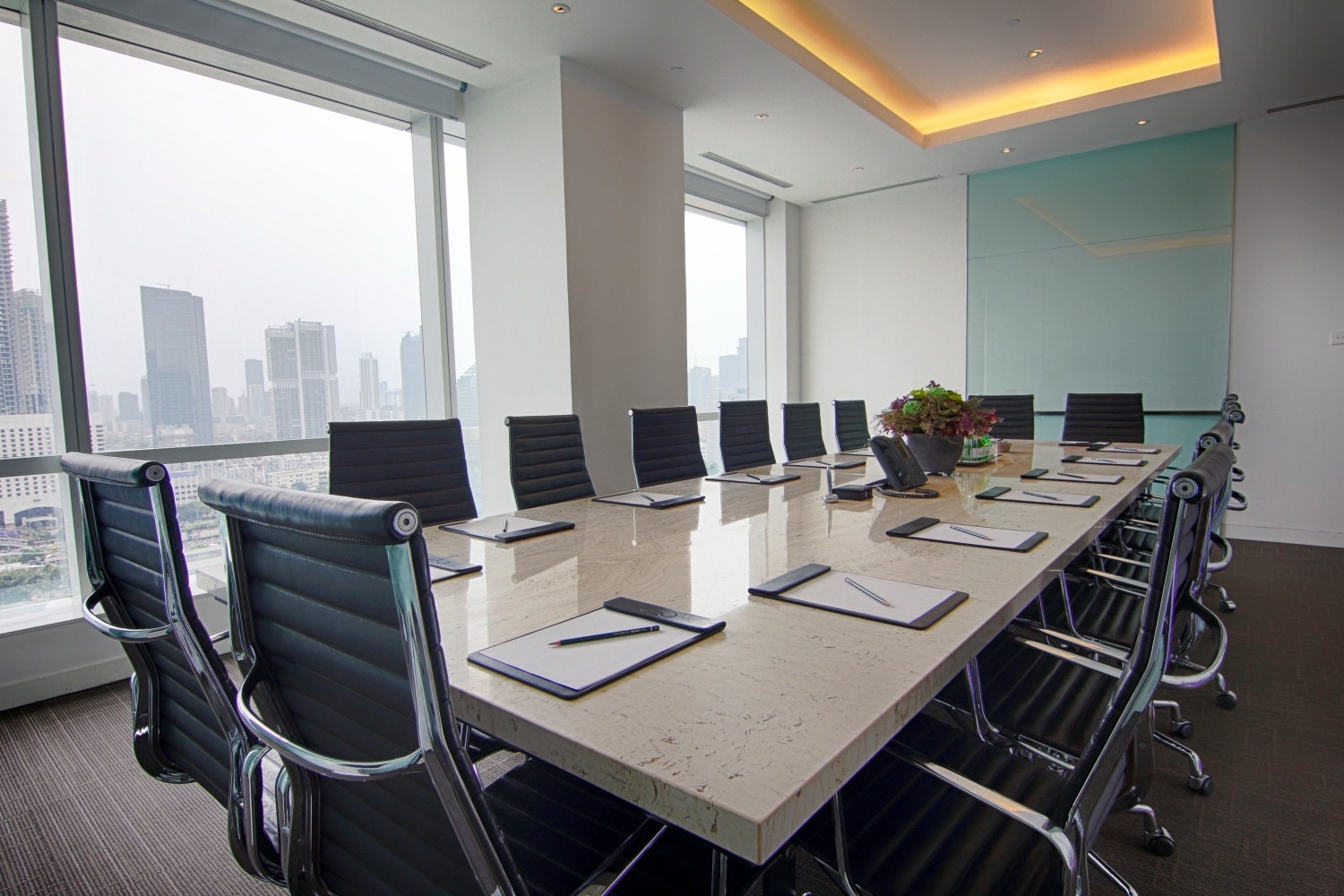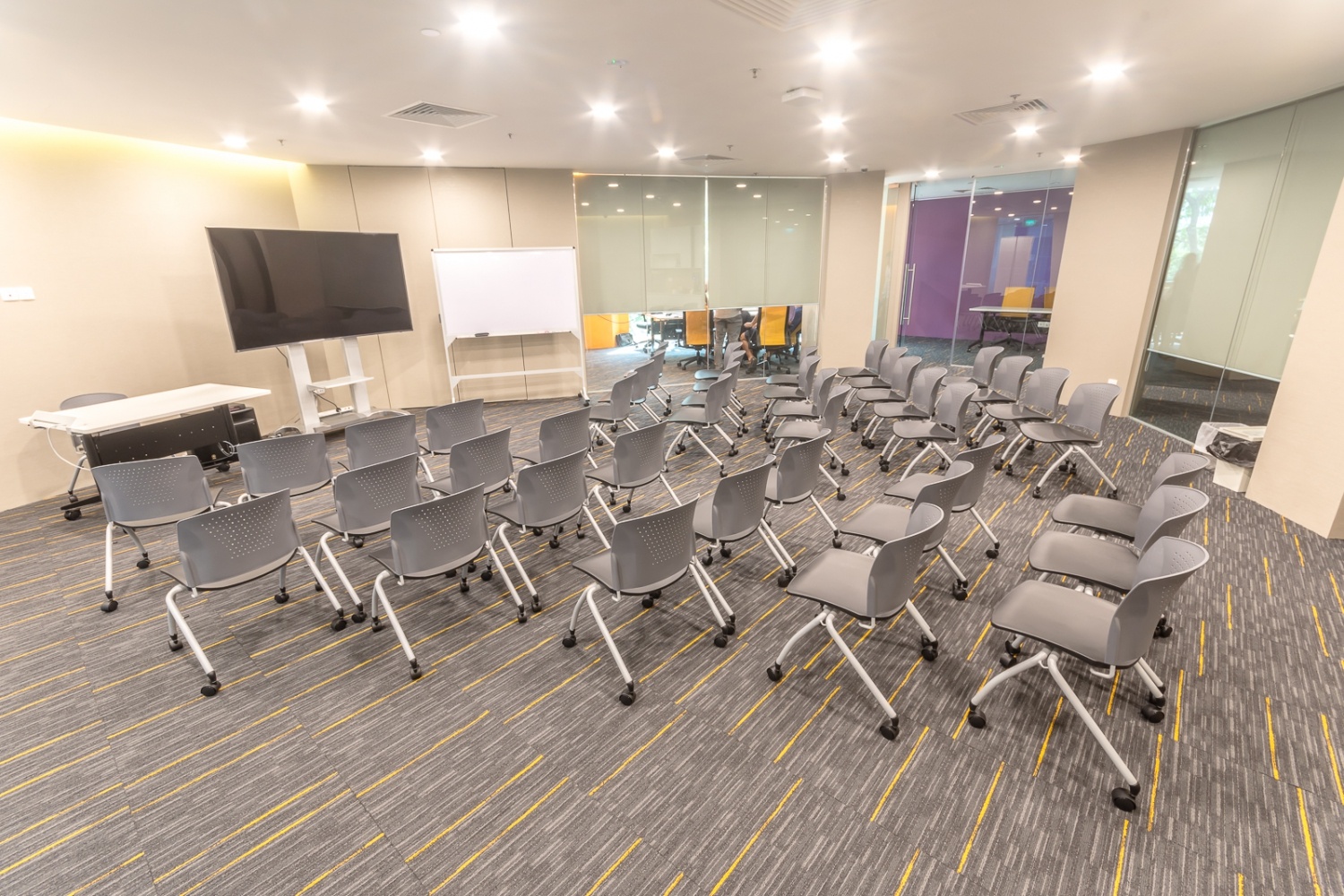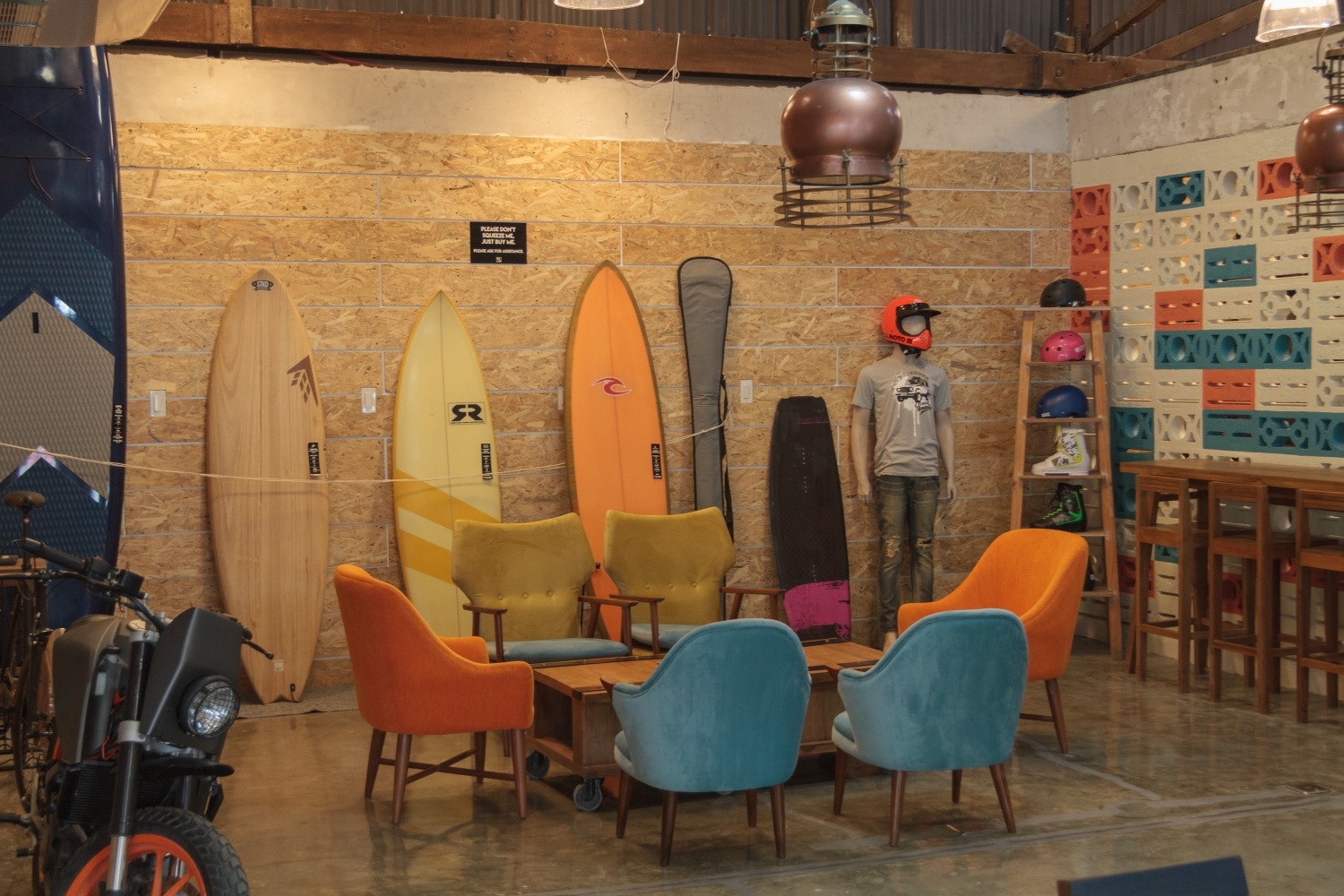Read me in Bahasa CEO SUITE, Jakarta
CEO SUITE, Jakarta
At some point we've all experienced meetings that drag on forever, meetings that lack an agenda, and meetings that fail to have an actionable conclusion. Don't worry, you're not alone, the statistics have spoken. In a survey of 182 senior managers across different industries, 71% said meetings are unproductive and 65% said meetings keep them from completing their work. Having said that, meetings are essential and beneficial... if done correctly. It helps to ensure alignment and communication in the organization. It also fosters teamwork, creativity, and proper information exchange amongst the other known benefits. The challenge is how do you realize them. Meetings are often done too often, badly timed, and badly run leading to an unproductive meeting.
This article is set to iron out the common hurdles in order to have more productive meetings and put an end to the meeting madness!
Type of Meeting
Before considering anything else, determining the type of meeting it is will help you identify the objectives, structure, and approach to the meeting. While every meeting is unique to its own, generally speaking there are 6 broad categories of meetings namely:
- Status Update Meetings
- Decision Making Meetings
- Problem Solving Meetings
- Innovation Meetings
- Information Sharing Meetings
- Team Building Meetings
All of which can be further broken down into more specific examples and formats. Each of the categories are distinctively different from each other in terms of the primary goal, process, and activities. A common oversight here is actually including things that are not supposed to be in the meeting. A status update meeting often includes a little bit of innovation, a little of decision making and so on that can sometimes make the meeting longer than it should. My point here is not to be completely exclusive but rather avoid losing sight of the original purpose of the meeting.
Environment Matters
In order to maximise the outcome of your meeting, it's important to align the objective and activities of the proposed meeting with the space itself. For example, If you are presenting a new product feature, it's important to have both visual and audio peripherals ready at your disposal. It's important to take into consideration the ambience, room arrangement, and key amenities such as projectors, whiteboard and marker, large monitor, reliable WiFi, power outlets and so on.

Workcentral, Singapore

The Great Room, Singapore
STKD Zeppelin, Manila
Don't undermine the value of having the right meeting room for the right type of meeting. An innovation type of meeting will be more suitable in a more relaxed and creative space with whiteboard space to facilitate the brainstorming process. Likewise, a decision making meeting calls for a more quiet and professional environment to support the process of significant evaluation and making the right decision. This is especially important if you're having an offsite meeting.
Also read: Top Meeting Rooms in Singapore for a productive offsite
Time Management
How often have you been in a meeting that takes way longer than it should? I'm guessing far too often! We've all been there, sitting in a 3-hour meeting wishing the fire alarm would randomly go off just so you can get out of the meeting. If you're wondering how long should a meeting be, a general rule to follow is 30 minutes. considering that the average person can only remain focused for 18 minutes (according to research), I'd say that's plenty!
There are numerous reasons meetings tend to drag on, including:
- Lack of purpose and direction
- Lack of preparation
- Poor punctuality
- Constant interruption
These are all potential pain points that you can start to address. In truth, when people are constricted by time it forces them to really think about the key messages that they want to communicate, resulting in increased efficiency and discipline during a meeting.
Accountability on Actionable Items
Okay, maybe you don't have a problem managing time during a meeting (congratulations you're one step ahead!) but the meeting concludes and you're thinking, what's next? Far too often your team has made great progress on the discussion and where things should be going but no one knows when to do what. It is important for tasks to be assigned clearly with a set of actionable items that each team member can take accountability for. If you're having trouble keeping track, we often found project management applications like Asana (or Trello) very helpful in achieving this goal. It helps to provide greater visibility of each team members tasks and the common goal that we want to achieve.
Best Practices
Lastly, I want to wrap things up with 3 best practices which have worked for us in the past when it comes to having a more productive meeting. Some might be common sense but not really common practice, here goes nothing!
1. No cell phones
Simply because cell phones are a major distraction. Answering a phone call or replying to text messages during a meeting is deemed highly inappropriate. If you're not going to use it, just leave it behind all together!
2. Let him/her finish the sentence
Interrupting someone is still considered disrespectful, especially to your seniors (even if it's just your way of showing enthusiasm with the topic under discussion) but more importantly, cutting someone off can often disrupt their train of thought and also ruin the flow of the conversation. Knowing when to interrupt is a important.
3. Changing scenery
Meetings don't always have to be done in a boardroom setting which admittedly, can get pretty dull. Depending on the type of meeting, you could do it on your morning coffee run or take a page off Steve Job's book and try walking meetings in the park as he often has done in the past!
There are better ways to spend your time in the office and definitely smarter way to conduct a meeting, it's time you accomplish more with less meeting time and instead spend those extra hours doing deep-thinking work! Looking for great spaces to host your offsite meeting? Leave us a message below!



Comments (0)
Subscribe via e-mail